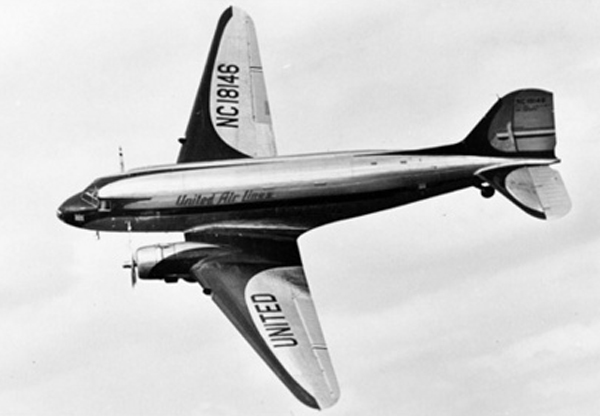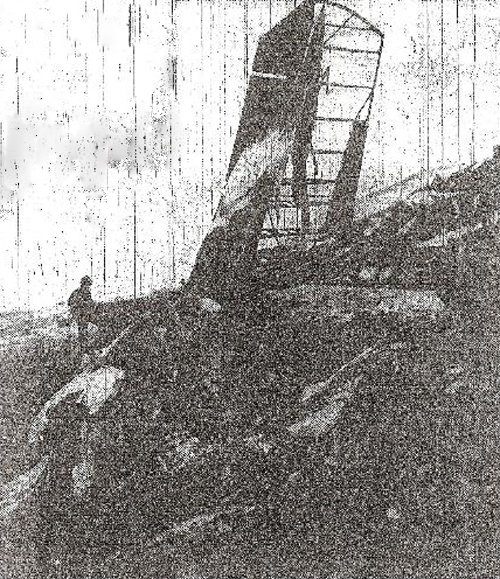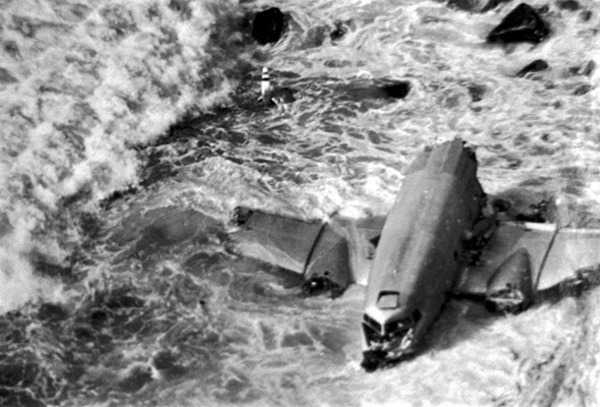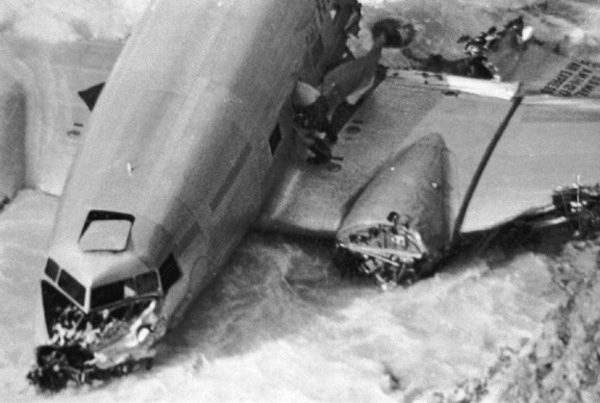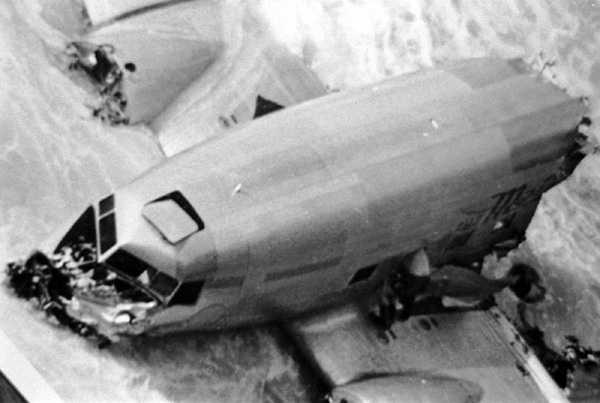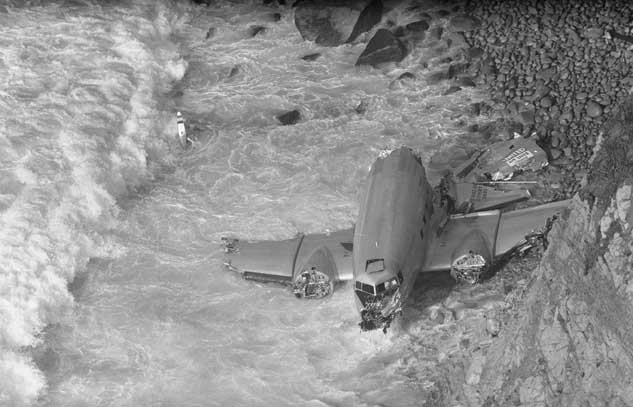Crash of a Douglas DST-A-207A in Salt Lake City: 17 killed
Date & Time:
May 1, 1942 at 2300 LT
Registration:
NC18146
Survivors:
No
Schedule:
San Francisco – Oakland – Salt Lake City – New York
MSN:
1978
YOM:
25
Flight number:
UA004
Crew on board:
3
Crew fatalities:
Pax on board:
14
Pax fatalities:
Other fatalities:
Total fatalities:
17
Captain / Total hours on type:
3236.00
Copilot / Total hours on type:
838
Circumstances:
On approach to Salt Lake City Airport at night and in poor weather conditions, pilots did not realise they were flying too low. Aircraft hit a mountain slope few km short of runway and was destroyed by impact forces. All 17 occupants were killed.
Probable cause:
Navigational error on part of the crew for unknow reasons. At the time of the accident, the aircraft was deviated from its initial track. Civil Aeronautic Board was not able to establish the exact cause of the track deviation. Upon the basis of the foregoing findings and of the entire record available at this time, CAB find that the probable cause of the accident was a deviation from the proper course, for reasons undetermined, after the trip had become off contact within ten miles of the airport.
Final Report:
